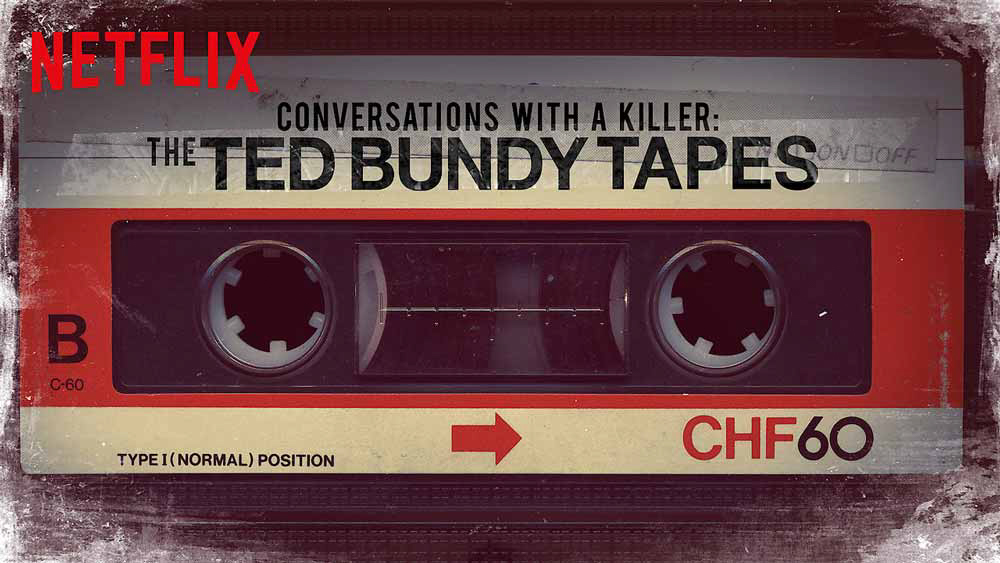Over the last year, Netflix has released original docuseries on topics ranging from sex workers to football to cults. Released on the 30th anniversary of Ted Bundy’s execution, Netflix’s newest addition to their growing repertoire of docuseries, “Conversations with a Killer: The Ted Bundy Tapes,” tells the story of one of America’s most notorious serial killers. The four-part docuseries edits together a collection of interviews, photos, archival footage, newspaper clippings and tape recordings that comprise the Ted Bundy case.
During the 1970s, Washington native Ted Bundy brutally slew, kidnapped, raped and assaulted at least 30 young women across Washington, Utah, California, Idaho, Oregon and Florida. Despite his heinous crimes, Bundy was able to maintain the facade of a normal life. Bundy was enrolled in law school where he had the reputation for being a charming, intelligent and handsome man to his girlfriend, family, classmates and community. He used this reputation and earnest, unassuming presence to lure in the women he brutalized over the course of a decade.
Bundy was able to evade state and federal law enforcement for a decade as they slowly pieced together the connections between the women he had slain across the country. The series points out many of the factors Bundy used to his advantage at the time that allowed him to continue his spree for so long, most notably the lack of interstate communication between police precincts. The series’ collection of archival footage, recordings, photos and, most centrally, Bundy’s confession tapes, paints a clear picture of a deliberate, deranged man. It is eerie, to say the least, to hear snippets of Bundy describing the mindset of someone who had committed the crimes he had been accused of to a journalist’s tape recorder. Bundy recorded hours of these tapes in exchange for one of the journalists to reinvestigate his case. The journalists subsequently wrote two books on Bundy, including the one the docuseries is based on.
Perhaps the most interesting interview in the series is with a woman whom Bundy had attempted to kidnap and murder. During her testimonial, she described how charming Bundy was when he approached her, claiming to be a police officer. Once it dawned on her that he was impersonating an officer and he attacked her, she described struggling and looking up at his hauntingly emotionless eyes. She became a key witness in his criminal trial.
Though a historical docuseries, the events that are presented in “Conversations” seem surreal. Ted Bundy’s crime spree created the American archetype that’s been depicted and referenced in pop culture. The narrative goes back and forth between what Bundy was doing and law enforcement in each state, slowly piecing together Ted Bundy’s exploits.
While the docuseries’ archival format brings together the Ted Bundy story, Bundy’s control over the narrative seems to have stood the test of time. Rather than taking on the story from a new angle, the docuseries simply resurrects the same narrative that the media flocked to for headlines, the one Bundy deliberately used to his advantage from the first time he was taken into custody. This particular aspect of the documentary vividly reflects the media’s continued draw to antiheroes who both entertain and horrify the American public.
One important consideration to make before watching “Conversations” is to keep in mind that the series’ director, Joe Berlinger, is the same director for the upcoming movie starring Zac Efron about Ted Bundy, “Extremely Wicked, Shockingly Evil and Vile.” While the docuseries does deliver an engaging, factual series, its strategic release does read as a preemptive move to create buzz about Ted Bundy out in front of the big-screen movie.
For many of our parents, the docuseries retells a story they followed alongside the rest of the country on the news for nearly two decades. For this generation of Netflix-binging millennials, however, Ted Bundy is a household name that’s been passed down through infamy. “Conversations” paints the picture of the cultural, sociological and pathological emergence of the archetype for a serial killer for both generations.



